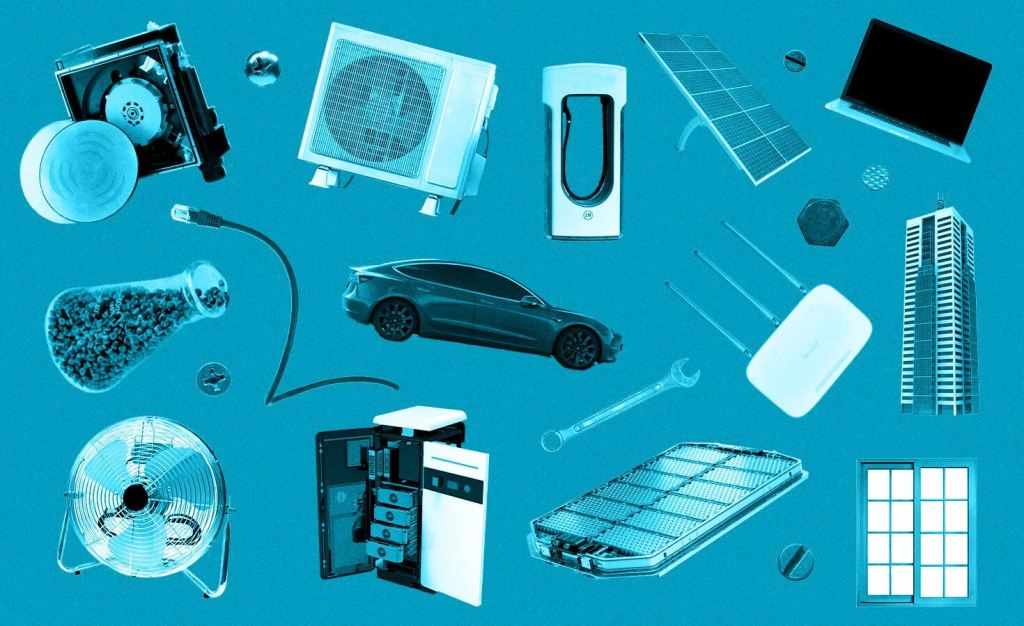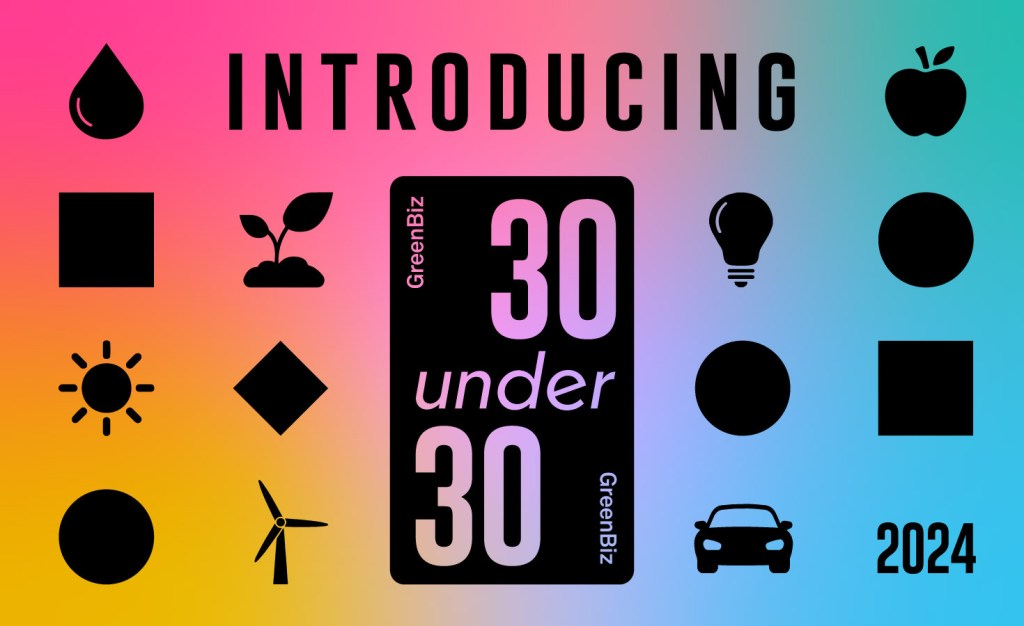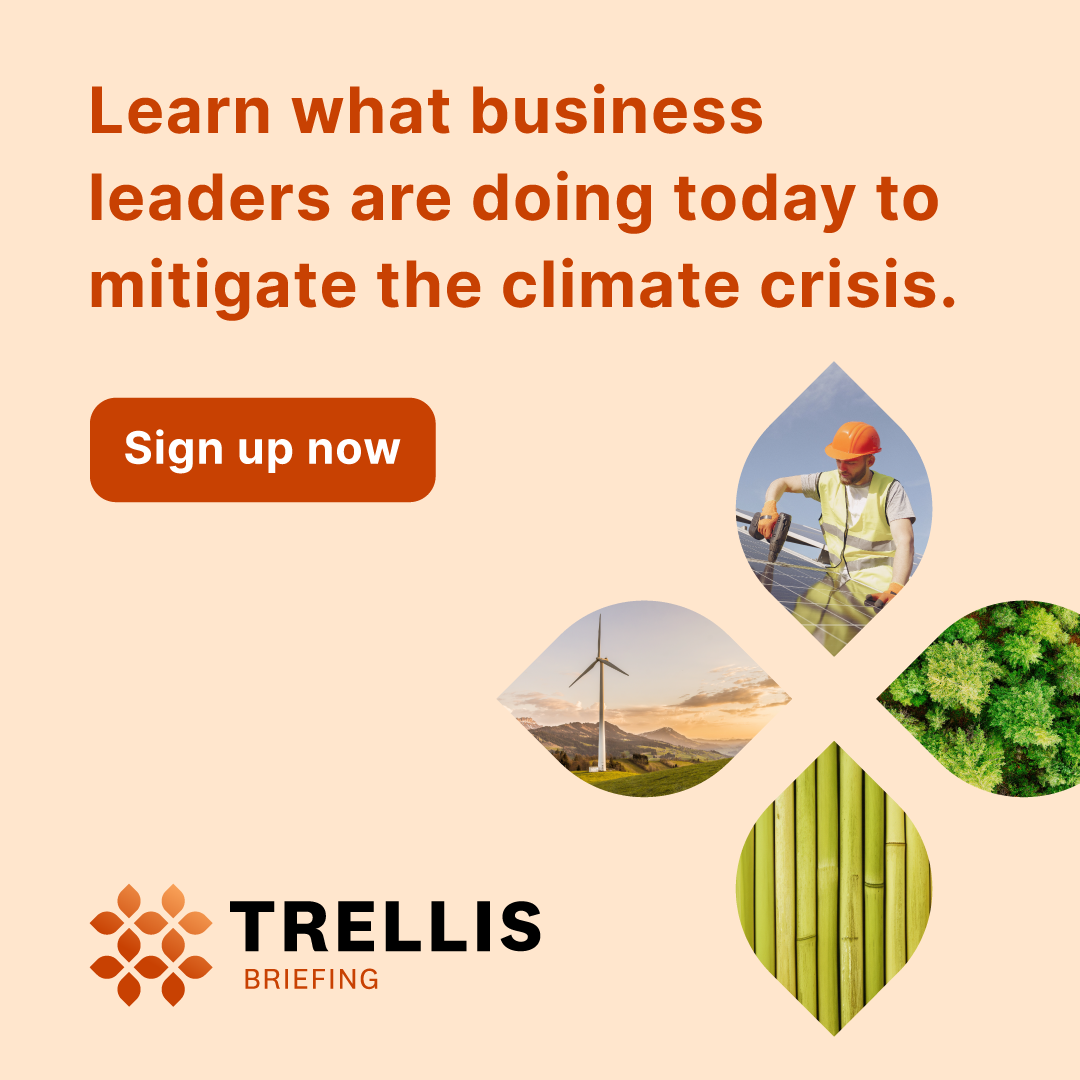Here’s what the black plastic spatula scare means for business
Consumers are sending black plastic kitchen tools to landfills after a report found toxic e-waste in them. Here's what businesses need to know. Read More
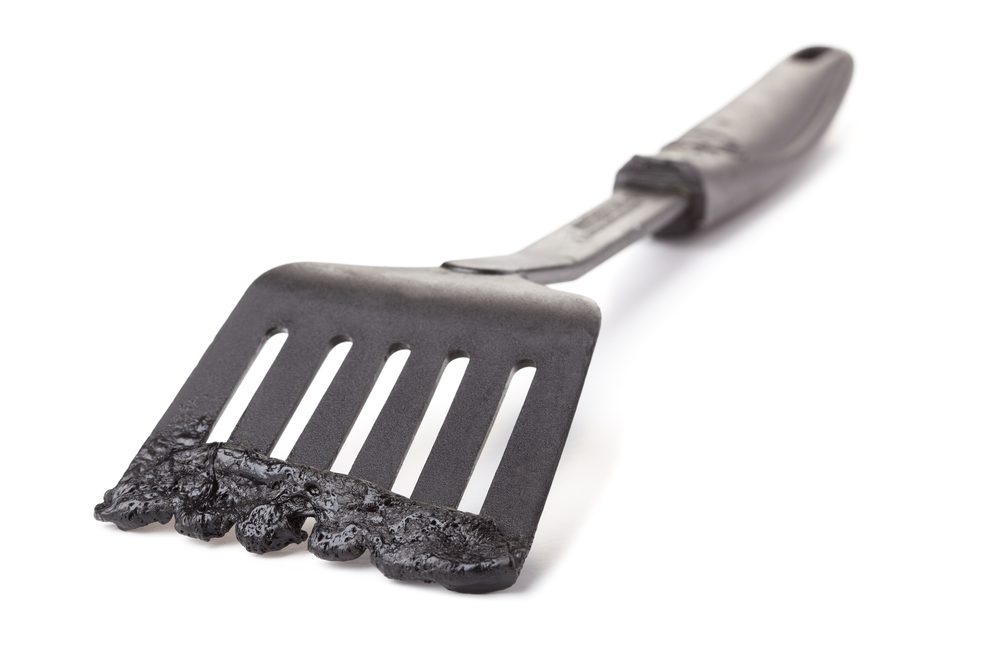
Since a study about e-waste chemicals in kitchen utensils went viral this fall, people have been throwing away black plastic spatulas. They fear that toxic fireproofing chemicals embedded in those utensils will flow into food from plastic that was recycled overseas from old TVs, computers and smartphones.
The finding picked up steam after an Atlantic headline ordered readers, “Throw Out Your Black Plastic Spatula,” on Oct. 30. Other major publications, and lifestyle influencers, followed. “Add ‘buy new utensils’ to your holiday shopping list,” scores of people urge on LinkedIn. Sales are spiking for non-plastic kitchenware.
The viral frenzy is a reminder for businesses to closely track the materials in their plastics supply chains, or fear losing consumer trust, according to sustainability experts and activists. They urge companies not only to identify and avoid chemicals of concern, but to be more transparent with the public. Best practices steps are being reshared now to help companies navigate risks within their supply chains.
“We’ve seen this movie before,” said Suzanne Shelton, senior partner of sustainability communications firm ERM Shelton, of Knoxville, Tennessee. “Word gets out that there’s a new toxin in everyday products that we need to eliminate from our lives,” she said. “And then two polar opposite batches of talking points go out: one from the chemical sector explaining the science and one from everybody else throwing daggers at the chemical sector.”
A consumer backlash against the rampant pollution and fossil fuel origins of plastic appears to be growing. And although a global treaty on plastics stalled in December, more than 100 nations carrying forward the talks in 2025 are likely to push companies to slow plastic production and fix pollution.
“In an effort to be more sustainable brands, retailers, and manufacturers are creating products with more recycled content, but that content is contaminated with legacy chemicals, and we have ended up with a regrettable tradeoff,” said Stacy Glass, co-founder and executive director of ChemForward. The Durham, North Carolina nonprofit helps materials engineers find safer alternatives to toxic chemicals in consumer goods.
What the study showed
Kitchen utensils, a sushi tray and haircare products all tested positive for suspected carcinogenic flame retardants, according to peer-reviewed research in the journal Chemosphere, which launched the scare in October. The Seattle nonprofit Toxic-Free Future led the study with Vrije Universiteit Amsterdam. Most of the kitchen utensils, food serviceware and toys it tested showed no toxic flame retardants. However:
- Twenty of 203 items tested positive for bromine, indicating the presence of brominated flame retardants that may harm brain development and fertility.
- Those 20 items contained almost 3 percent flame retardants by weight.
- The Environmental Protection Agency considers the chemical, decabromodiphenyl ether (deca-BDE), a possible carcinogen. The U.S. and the European Union have banned it for years.
(The study on Dec. 15 corrected a math error that had overestimated chemical exposures. However, that did not affect the overall findings, according to the authors.)
What plastic does in the body
Scientists have found that the fireproofing chemicals reduce sperm count in animals and interfere with human brain development and hormone regulation. Once in the body, the brominated flame retardants may also lurk for decades, as they do in water and soil.
The banned chemicals can sneak into products from black plastic recycled abroad. Because U.S. recycling plants can’t detect or recycle black plastic with their infrared scanners, companies ship it overseas.
That’s why black plastic is probably the worst type of plastic, according to Andrew Turner, a biochemist at the University of Plymouth. He researched chemicals in black plastic in 2018.
And regardless of the problematic additives found in e-waste, the carbon black pigment that makes plastic black in the first place is possibly carcinogenic.
What people are doing about it
Consumers are sending black kitchenware, usually nylon or polypropylene, to landfills. They’re also demanding answers from manufacturers and retailers. People are also suspiciously eyeing restaurants’ black food takeout containers. These include polypropylene or polyethylene terephthalate (PET) boxes, and polystyrene clamshells.
“Eco-friendly” cookware brands are getting a fresh look. Bamboo spoon and spatula maker Bambu of Bend, Oregon, has seen a 30 percent uptick in orders in the past couple of months. Sales of spatulas have tripled. And aluminum water bottle maker Bivo of Richmond, Vermont, responded on LinkedIn to customers’ queries about the safety of the black plastic drinking nozzles.
It’s unclear how many major brands use recycled electronics waste in their cooking tools. IKEA told Trellis that it does not allow recycled plastic with brominated flame retardants. The OXO brand, owned by Bermuda-based Helen of Troy, reportedly does not, either.
What are the options
Non-plastic utensil alternatives, including bamboo, silicone, wood, stainless steel and titanium, abound in the aisles of big box stores.
Alternatives for takeout containers include fiber, paper or cardboard boxes and cartons. In addition, small circular economy startups hope to popularize reusable stainless steel takeout containers. These include Usefull of Boston and ForeverWare of Minnesota.
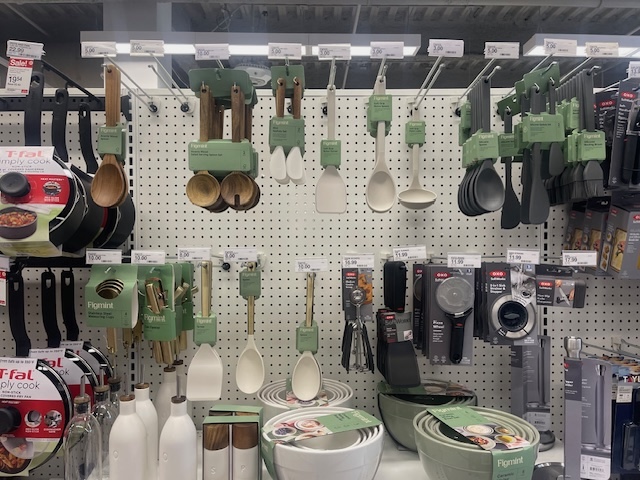
What business should do
“These things are absolutely everywhere; you just don’t get away from them,” said Richard Wielechowski, senior analyst at Planet Tracker, about the suspect chemicals in plastic products. The London firm’s September report, “Novel Entities,”warned companies they face a “time bomb” from risks posed by chemicals in plastics. It urged them to support a legally binding Global Plastics Treaty.
How should brands and retailers address plastics hazards in their supply chains?
- Companies must require suppliers to disclose chemicals, including recycled content, in products, according to Mike Schade, director of the Mind the Store campaign at Toxic-Free Future. Software such as UL Solutions WERCSmart, Enhesa, and Novi can help, he added.
- “Companies’ restricted substances lists (RSLs) should explicitly apply to recycled content, not just intentionally added chemicals, and companies should require testing for compliance with their RSLs,” Schade said.
- It’s not enough to just restrict harmful chemicals, but also to ensure safer solutions, he said. “Companies can use tools such as GreenScreen and ChemForward to evaluate and identify safer alternatives to chemicals of concern.”
- In addition, brands and retailers can pair recycled content with low-hazard content, noted Glass of ChemForward. “For over a decade, Cradle to Cradle Certified has required testing of recycled content for certified products and hazardous content is prohibited,” she said.
- “A restricted substances list is a good start but ultimately insufficient,” Glass added. “All chemicals should be vetted through a comprehensive chemical hazard assessment to verify low concern.”
Balancing the risks
The Chemosphere study was rigorous but consumers are overreacting to it, according to epidemiologist Emily Oster. She’s keeping her black plastic utensils. “It’s definitely gross and weird that we ingest plastic, but that’s not the same as saying it’s hastening death,” she wrote in her Parent Data newsletter.
Despite concerning studies, it’s unknown what level of exposure to flame retardants harms people, or even if they transfer from a hot spatula to a pancake, she added.
However, other researchers point out that fats and oils love plastic. Therefore, chemicals in plastic are likely to migrate easily from hot butter into eggs and pancakes.
Consumers should be tossing the black plastic spatula that melts when it strikes a hot frying pan, said Desiree LaBeaud, associate dean of global health, professor of pediatrics and leader of the plastic working group at Stanford University.
“But then really start to think about other plastics in your life and … lowering your dose,” because plastic is a “dirty business” involving many chemicals of concern, she told KQED on Nov. 21.
People with the highest levels of certain flame retardants in their blood faced an almost 300 percent higher chance of dying from cancer, according to an April study in the journal JAMA Network Open.
[Join over 1,500 professionals transforming how we make, sell, and circulate products at Circularity, April 29-May 1, Denver.]







